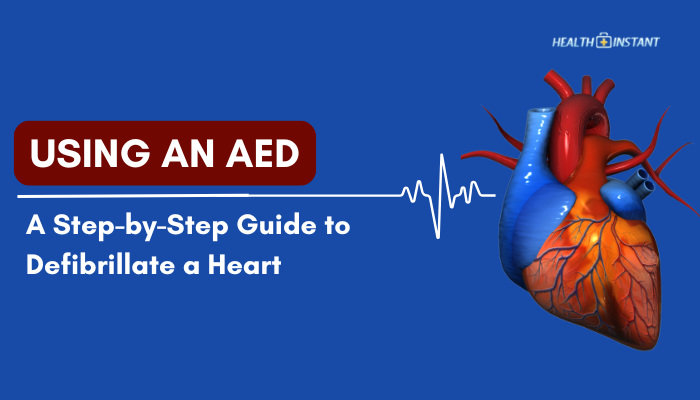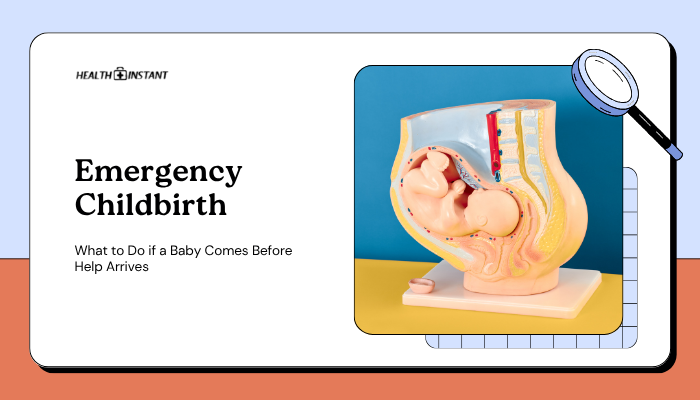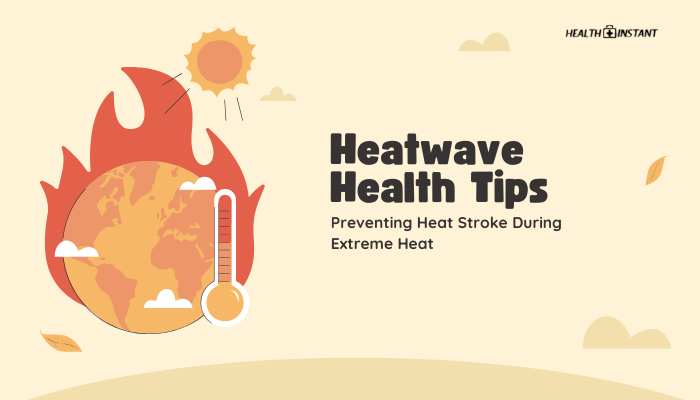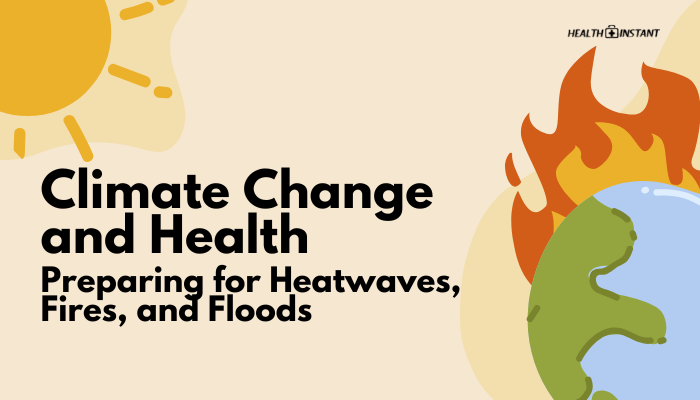Introduction
Thunderstorms can be mesmerizing, but they’re also dangerous when accompanied by lightning. A single bolt can carry millions of volts, presenting significant risk to anyone caught in its path. This guide details how lightning works, why it’s so hazardous, and the precautionary steps to ensure you and your loved ones stay safe from potential strikes—whether you’re outdoors, driving, or sheltering indoors.
Why Lightning Is Dangerous
- High Voltage
- Lightning can instantly heat the air up to 50,000°F (27,760°C).
- Lightning can instantly heat the air up to 50,000°F (27,760°C).
- Ground Current
- Even if lightning doesn’t hit you directly, it can strike nearby, traveling through the ground or surfaces to reach you.
- Even if lightning doesn’t hit you directly, it can strike nearby, traveling through the ground or surfaces to reach you.
- Secondary Effects
- Lightning can cause power surges damaging electronics, start fires, and temporarily blind or deafen individuals close to the strike.
- Lightning can cause power surges damaging electronics, start fires, and temporarily blind or deafen individuals close to the strike.
In the U.S. alone, lightning leads to injuries and some fatalities each year, often due to complacency or misinformation about safety.
Preparing Before Thunderstorms
- Check Weather Forecasts
- Smartphone apps or local news can warn you if storms are forecast.
- Smartphone apps or local news can warn you if storms are forecast.
- Plan Activities Accordingly
- If thunderstorms are predicted, consider postponing outdoor sports, hiking, or camping.
- If thunderstorms are predicted, consider postponing outdoor sports, hiking, or camping.
- Emergency Kit
- Keep flashlights, battery packs, and a first aid kit on hand in case of power outages.
- Keep flashlights, battery packs, and a first aid kit on hand in case of power outages.
A watchful approach ensures you’re less likely to be caught off-guard by changing weather conditions.
Safe Practices Outdoors
Finding Safe Shelter
- Seek Substantial Structures
- Look for enclosed buildings with plumbing and wiring; they act as grounding if struck.
- Look for enclosed buildings with plumbing and wiring; they act as grounding if struck.
- Cars with Metal Roofs
- Vehicles can provide protection—just ensure doors and windows are closed
Avoiding High-Risk Spots
- Isolated Trees or Poles
- Lightning seeks paths to the ground; a lone tall object in an open field is more likely to be struck.
- Lightning seeks paths to the ground; a lone tall object in an open field is more likely to be struck.
- Open Fields
- If stuck in a wide area, crouch low but avoid lying flat to reduce direct contact with the ground’s potential.
- If stuck in a wide area, crouch low but avoid lying flat to reduce direct contact with the ground’s potential.
- Hills and Ridges
- Higher elevations pose increased strike risk.
- Higher elevations pose increased strike risk.
Indoor Safety Measures
- Stay Away from Electrical Appliances
- Avoid using corded phones, wired electronics, or plugging devices in during storms.
- Avoid using corded phones, wired electronics, or plugging devices in during storms.
- Refrain from Water Use
- Lightning can travel through plumbing, so skipping the shower or washing dishes is safer until the storm passes.
- Lightning can travel through plumbing, so skipping the shower or washing dishes is safer until the storm passes.
- Keep Windows Closed
- While windows don’t typically attract lightning, you’ll reduce the chance of being hit by glass or strong wind gusts.
- While windows don’t typically attract lightning, you’ll reduce the chance of being hit by glass or strong wind gusts.
It’s a myth that lightning can’t strike indoors—rare, but surges through wiring or water pipes can happen.
Vehicle Safety During Storms
- Metal Roof and Sides
- Cars act like Faraday cages, channeling electricity around occupants.
- Cars act like Faraday cages, channeling electricity around occupants.
- Roll Up Windows
- Keep arms, cameras, or devices inside.
- Keep arms, cameras, or devices inside.
- Don’t Lean on Metal
- Avoid contact with door frames or anything that can conduct electricity from outside.
If Someone Is Struck by Lightning
- Call Emergency Services
- Dial your local number (e.g., 911 in the U.S.) immediately.
- Dial your local number (e.g., 911 in the U.S.) immediately.
- Check Breathing and Pulse
- Begin CPR if needed; lightning can stop the heart or breathing.
- Begin CPR if needed; lightning can stop the heart or breathing.
- Safe to Touch
- The human body does not hold a charge after a strike, so assisting them is safe.
- The human body does not hold a charge after a strike, so assisting them is safe.
- Look for Burns or Trauma
- Lightning can cause entry and exit wounds, neurological damage, or other injuries.
- Lightning can cause entry and exit wounds, neurological damage, or other injuries.
Quick intervention greatly boosts survival chances.
Additional Tips and Common Myths
- Rubber Boots Don’t Guarantee Safety
- The voltage from a strike can pass through and around these.
- The voltage from a strike can pass through and around these.
- Sheltering under Tents
- Tents do not protect from lightning.
- Tents do not protect from lightning.
- Metal Jewelry
- Worn metal is not a major factor; the main risk is being the tallest conductive point.
- Worn metal is not a major factor; the main risk is being the tallest conductive point.
Understanding these myths helps you make better decisions in real storm scenarios.
Conclusion
Lightning storms bring awe and hazard in equal measure. Respecting severe weather warnings, shifting outdoor plans, and following best practices for shelter are all crucial steps in minimizing danger. Whether you find refuge in a sturdy building, a vehicle, or adapt your routine to avoid being caught outside, awareness is your first line of defense.
If accidents occur, swift emergency care can save lives. By remembering these guidelines, you can enjoy nature’s spectacle without risking serious harm.
References
- National Weather Service (NWS). (2021). Lightning safety tips and resources.
- Centers for Disease Control and Prevention (CDC). (2020). Lightning injury prevention guidelines.
- Occupational Safety and Health Administration (OSHA). (2019). Working safely during storms.
- National Oceanic and Atmospheric Administration (NOAA). (2022). Understanding the science of lightning.
Disclaimer: This document provides general guidelines. Always follow official weather alerts, local regulations, and professional rescue advice during severe storms.







